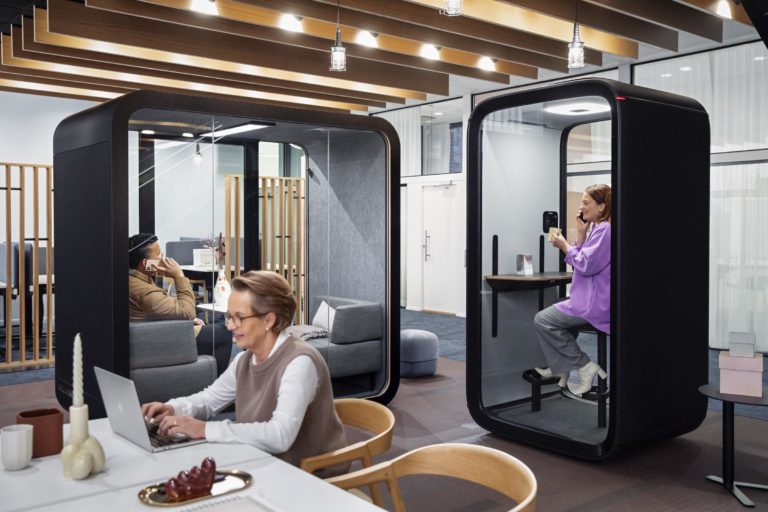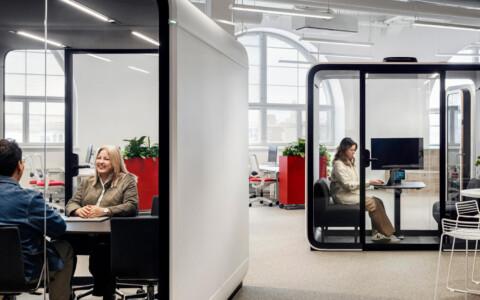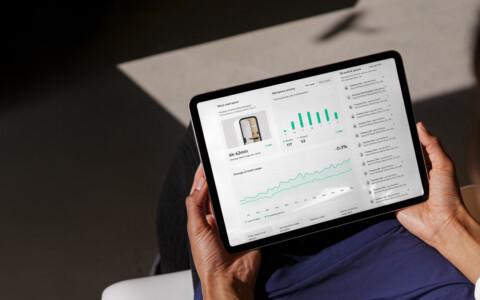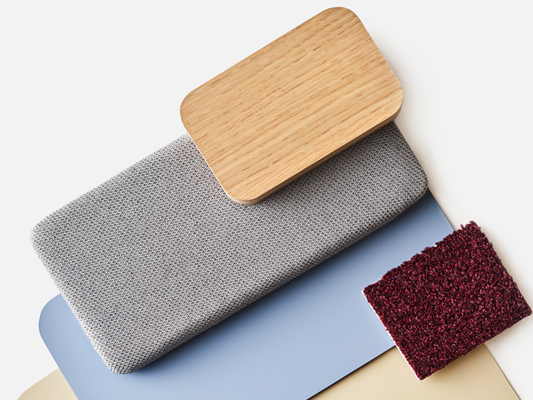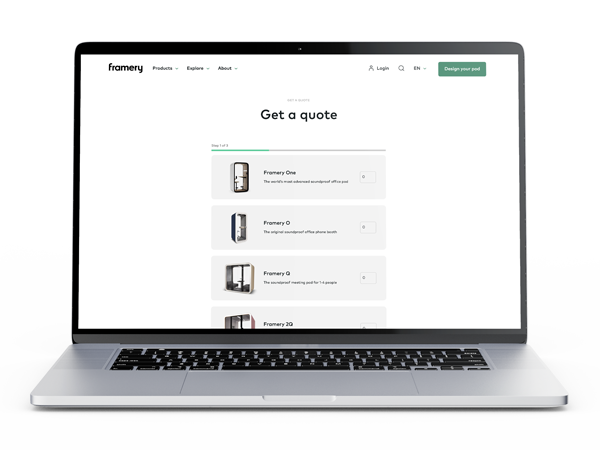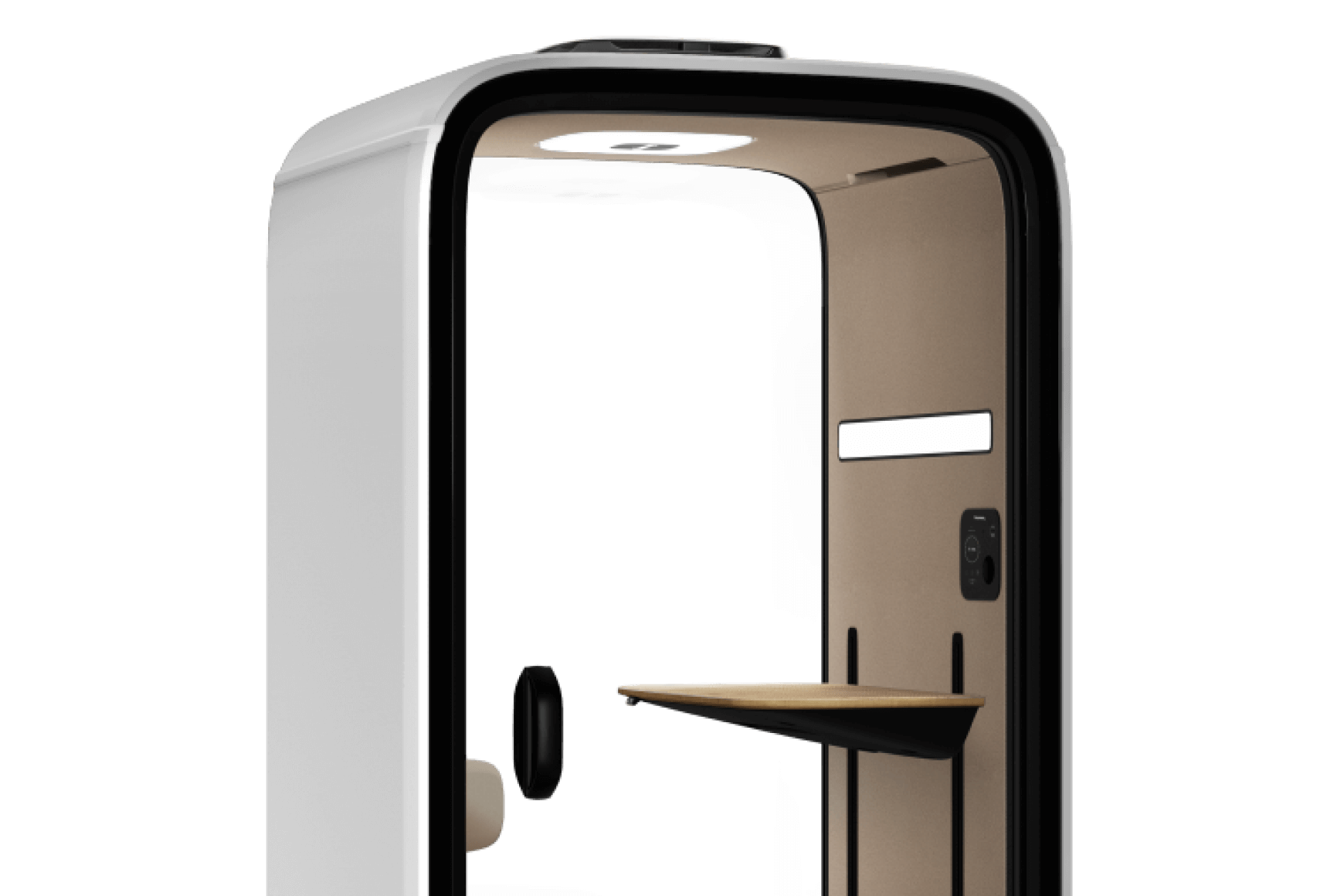Humans are extremely social creatures. One could argue that remaining isolated at home defies human nature. In order to produce quality work and maintain a strong company culture, the workforce depends on the ability to regularly collaborate and socialize face-to-face. With the majority of people unable to go into the office throughout 2020, employees are excited about the possibility of returning to work safely.
With massive workplace shifts having occurred throughout the past year, it begs the question––what should employees expect upon return? While over the past decade cubicles have phased out in favor of open floor plans, social distancing regulations have caused many to question if these layouts will remain.
“The open office won’t be dead,” says Lasse Karvinen, head of products at Framery, “But the office that doesn’t support collaboration will be.”
Rather than build walls between employees, the open office will shift its function to support both part-time and full-time workers. Taking on a hybrid model, open offices will evolve and will have fewer personal desks and more touchdown spaces for collaborative work and heads-down concentration. The office will be a place people go to for a specific function, whether that be to meet with team members or get a break from their home office, rather than a space people head to every day.
The hybrid workplace makes the office a destination people want to go to rather than have to. By picking more sophisticated amenities such as yoga or meditation rooms over foosball tables, offices can become a welcoming space that supports mental health and wellbeing. To continue supporting wellness, offices will prioritize lighting and acoustics to create a healthy environment for workers. Design will also have a heavy residential influence. More luxe fabrics, pillows, and soft furniture creates an inviting environment for all. Through working at non-traditional desks this past year, many have found success working from a couch or other soft surfaces. Bringing in touches of home will help ease the transition of splitting time between the corporate office and home office. Biophilia will also be heavily incorporated into the design as it helps foster healthy living and purify the air naturally.
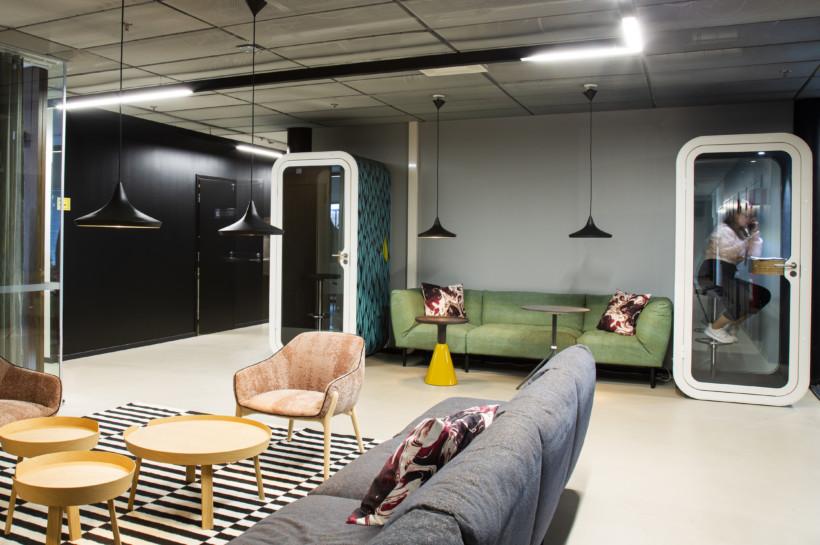
As a leader in soundproof pod manufacturing, Lasse and his team at Framery understand that the open office has always presented challenges when it comes to privacy and noise control. Spearheading product design and development that supports employees’ mental wellbeing and “workflow,” Framery launched Framery Q Flow, a single-person workstation built into the multifunctional office pod designed to support flexible work as well as heads-down tasks. Framery Q Flow allows for a worker to easily move from a collaborative setup when meeting with coworkers to a quiet space for a phone call or focused task. The use of pods in an office layout provides a more agile workstation compared to traditional isolating cubicles.
Technology will also continue to play a major role in the development of the hybrid office. It is very likely that entire teams will not be able to meet in person. As such, internal and external meetings will continue to heavily rely on video conferencing. It is necessary to create conference rooms of all sizes to support these video calls. Conference rooms will range from auditorium-sized to suitable for just one to two people. Features that must be included are non-distracting backgrounds, clear audio, and proper camera set up. Framery O Video Conference Ready is the perfect combination of all the above, making the pioneering office phone booth ideal for single person videoconferencing.
The hybrid workplace will be successful because it supports all types of work styles and personalities. With the proper mix of collaborative set ups, team-based offices, and privacy booths, people can feel comfortable re-entering the office again. Giving staff a variety of options to work with can boost creativity and not only improve quality of work, but quality of life too.

